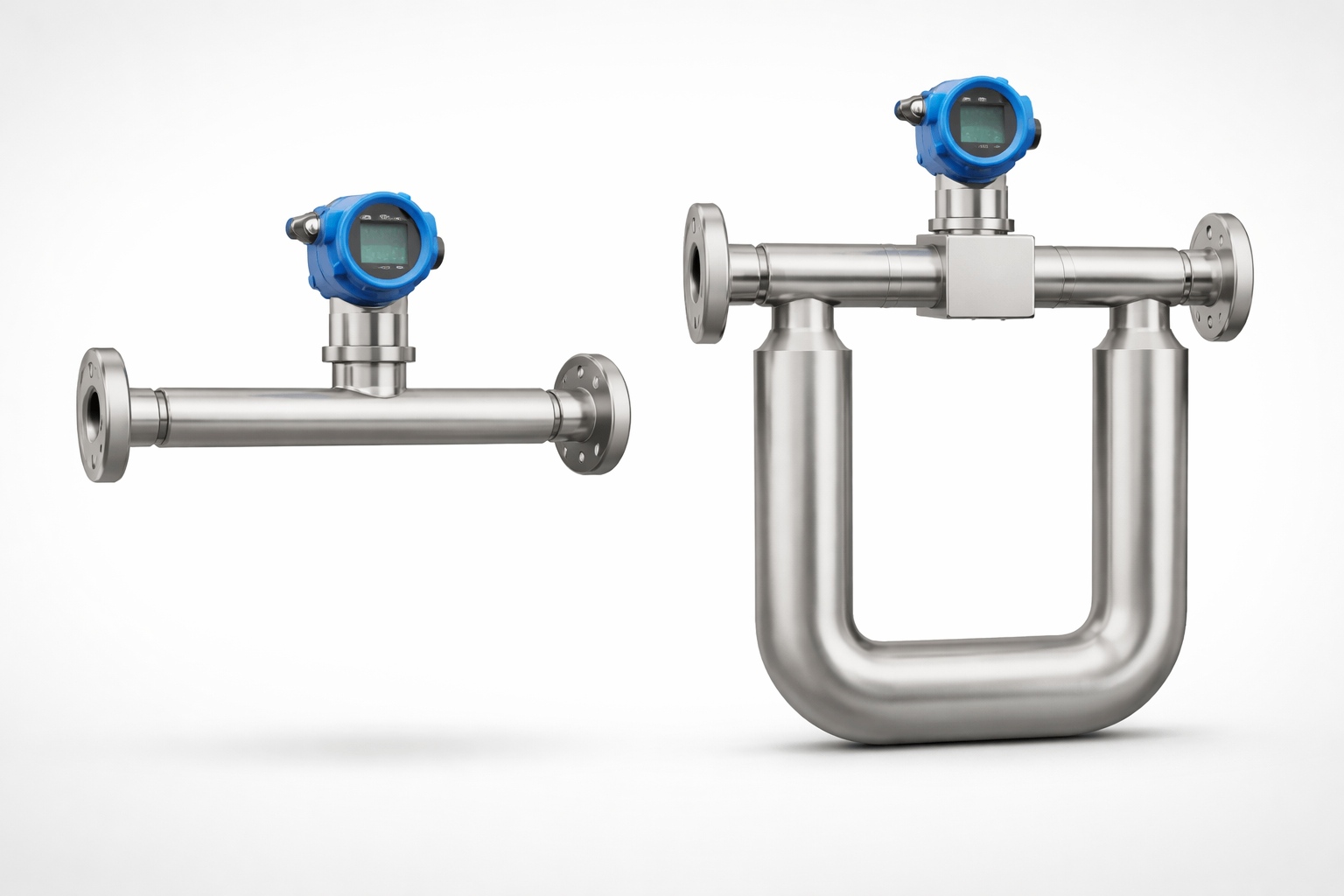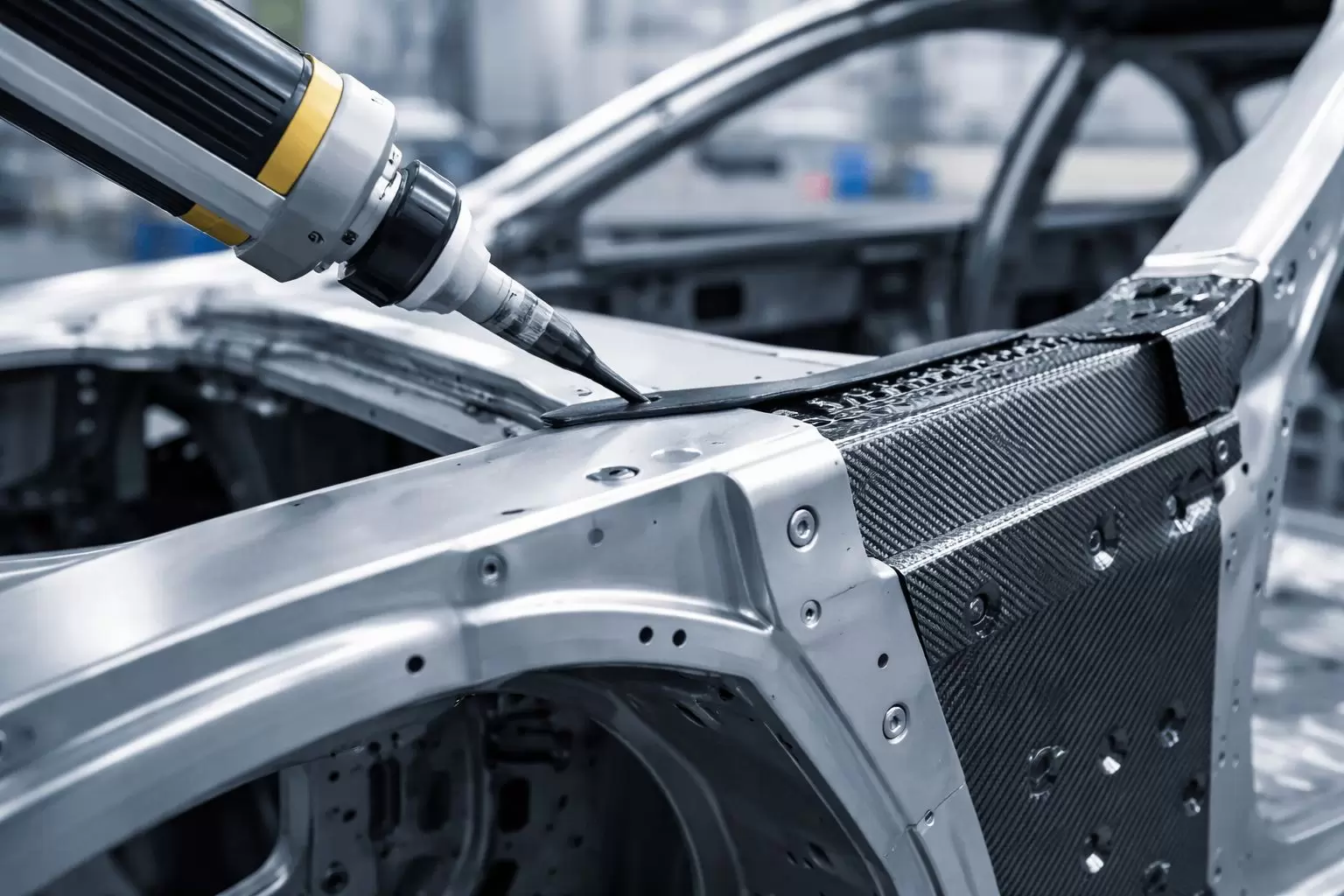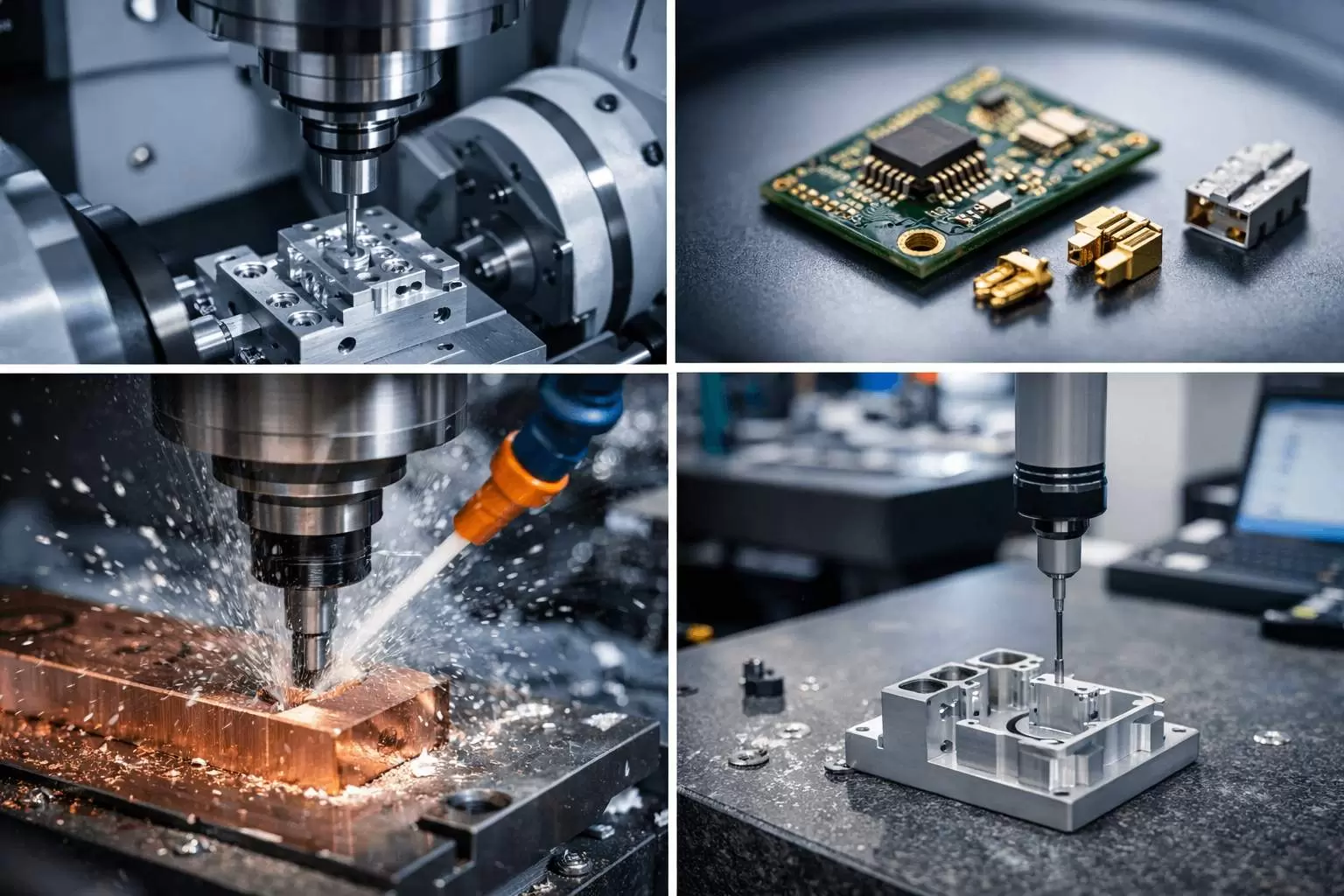Coffee is more than just a morning ritual; it’s a daily necessity for millions around the globe. As such, the coffee maker is a vital appliance in many households. However, like any other device, coffee makers have a lifespan, and knowing when to replace yours can significantly impact your coffee experience. In this article, we will explore how often you should replace your coffee maker, the signs that indicate it’s time for a new one, and tips for maintaining your current machine to extend its life.
Understanding the Lifespan of Coffee Makers
The lifespan of a coffee maker can vary significantly based on its type, brand, and how often it’s used. Generally, a standard drip coffee maker lasts about 5 to 10 years, while high-end models, such as espresso machines, may last longer with proper care. Single-serve machines, on the other hand, often have a shorter lifespan, typically around 3 to 5 years.
Factors Influencing Lifespan
- Frequency of Use: The more you use your coffee maker, the quicker it will wear out. Daily use can lead to faster degradation of internal components.
- Water Quality: Hard water can lead to mineral buildup, which can damage the heating element and other parts of the machine. Regular descaling can mitigate this issue.
- Maintenance: Regular cleaning and maintenance can significantly extend the life of your coffee maker. Neglecting to clean it can lead to clogs and malfunctions.
- Type of Coffee Maker: Different types of coffee makers have different lifespans. For instance, a French press may last indefinitely if cared for, while an automatic drip machine may not.
Signs It’s Time to Replace Your Coffee Maker
Even if your coffee maker is within the expected lifespan, certain signs indicate it may be time for a replacement:
- Inconsistent Brewing: If your coffee maker is no longer brewing consistently—producing weak or overly strong coffee—it may be a sign of internal malfunction.
- Unusual Noises: Strange sounds during the brewing process can indicate mechanical issues that may require costly repairs.
- Leaking Water: If your coffee maker is leaking, it could be a sign of a serious problem that may not be worth fixing.
- Burnt Taste: A persistent burnt taste in your coffee can indicate that the heating element is malfunctioning, leading to over-extraction.
- Age: If your coffee maker is nearing or has surpassed its expected lifespan, it may be more cost-effective to invest in a new model rather than continue to repair an old one.
Maintenance Tips to Extend Your Coffee Maker’s Life
While knowing when to replace your coffee maker is essential, proper maintenance can help you get the most out of your current machine:
- Regular Cleaning: Clean your coffee maker regularly, including the carafe, filter basket, and water reservoir. Use a mixture of vinegar and water to descale the machine every few months.
- Use Filtered Water: If possible, use filtered water to reduce mineral buildup and improve the taste of your coffee.
- Store Properly: If you’re not using your coffee maker for an extended period, store it in a dry place and ensure it’s clean and free of coffee grounds.
- Follow Manufacturer Guidelines: Always refer to the user manual for specific maintenance tips and recommendations for your model.
Conclusion
In conclusion, the question of how often you should replace your coffee maker depends on various factors, including usage, maintenance, and the type of machine. While a general guideline suggests replacing your coffee maker every 5 to 10 years, paying attention to the signs of wear and tear can help you make an informed decision. By following proper maintenance practices, you can extend the life of your coffee maker and continue to enjoy delicious brews for years to come. Remember, a well-maintained coffee maker not only enhances your coffee experience but also saves you money in the long run. Happy brewing!




